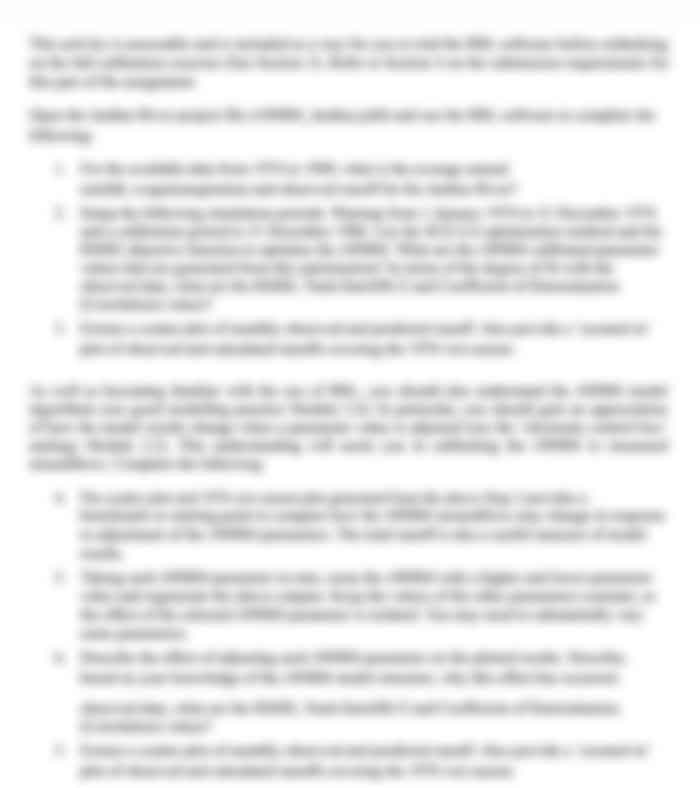BUS102 Introduction to Microeconomics Assignment
- Subject Code :
BUS102
- University :
King Own Institute Exam Question Bank is not sponsored or endorsed by this college or university.
- Country :
Australia
Question 1:Answer the following questions
Part I: Production Possibility Frontier (PPF)
Table 1.1 Production Capacity of Newland.
.png)
Use information in Table 1.1 above to answer the following question:
- Using the above figures, map out the Production Possibilities Frontier (PPF) for the production of the Cars and bicycles (Hint!Use Microsoft Excel, for accuracy)
- In your own words, while making use of the graph that you have created in part a, explain what the PPF is. Cleary state all assumptions and properties of the PPF.
- Newland usually has a demand of 3,000 bicycles and 18,000 cars. Suddenly Newland receives notice that the demand has increased to 4,000 bicycles and 20,000 cars. Discuss and explain at least three possibilities of how Newland could meet that demand. (Hint: State any appropriate assumptions made).
Part II: Demand and Supply
Table 1.2
.png)
Table 1.2 sets out the demand and supply schedules for potato chips. Use the information to answer the following questions:
(a)What are the market equilibrium price and quantity? Why?
(b)Suppose a new dip increases the quantity of potato chips that people want to buy by 30 million bags per week at each price. How the demand and/or supply of chips change? Also, explain how the price and quantity of chips change. Show the changes on a graph.
(c)The quantity of potato chips that people want to buy increases by 30 million bags per week at each price. Now suppose, at the same time, a new breed of potato increases production of potato crops and the quantity of potato chips produced increases by 40 million bags a week at each price. Explain how the market equilibrium price and quantity of chips change. What are the new market equilibrium price and quantity? Show the changes on a graph.
Question 2:Answer the following questions
Elasticity of Demand and Supply, and Income
(a)When Judys income increased from $130 to $170 a week, she increased her demand for concert tickets by 15 per cent and decreased her demand for bus rides by 10 per cent. Calculate Judys income elasticity of demand for (a) concert tickets and (b) bus rides. Show your calculation. Are the concert ticket and bus ride income elastic or inelastic? Is the concert ticket normal good or inferior good to Judy? Is the bus ride normal good or inferior good to Judy? Explain.
(b)If a 5 per cent rise in the price of sushi decreases the quantity of soy sauce demanded by 2 per cent and decreases the quantity of sushi demanded by 1 per cent, calculate the price elasticity of demand for sushi and the cross price elasticity of demand for soy source with respect to the price of sushi. Does the elasticity indicate that sushi and soy source are substitutes or complements?
(c)Market analysts estimate that the price elasticity of demand for domestic beef is 1.30. How much would the price of domestic beef have fallen if the demand for domestic beef increases by 6.5 per cent? However, this price fall decreases the quantity demanded for imported beef by 4 per cent. What is the cross price elasticity of demand for imported beef with respect to the price of domestic beef? Does the elasticity indicate that domestic beef and imported beef are substitutes or complements?
Question 3:Answer the following questions
Part I: Government Actions in Markets Price floor
Table 3.1
.png)
Table 3 shows the demand and supply schedules for US wheat market. The US Farm Bill 2012 indicates that the domestic price of wheat will be set at $300 per tonne, which is above the market equilibrium level of $250 per tonne, in order to support for domestic wheat growers. At the market equilibrium, 1,000kilo tonnes(Kt) are supplied.
(a)On a graph, explain how the price control in the US would change the consumer surplus, producer surplus, and deadweight loss in the domestic wheat market. In your explanation, compare and show the changes in surpluses and deadweight lossbefore and after the price control. Assume that the US does not trade wheat internationally.
Part II: Global Markets in Action International Trade Restrictions (Import Quotas)
With free trade between Australia and Canada, Australia exports beef to Canada. But Canada imposes an import quota on Australian beef.
(b)Draw a graph and explain how this quota would influence the consumer prices of beef in Canada, consumer surplus (CS) and producer surplus (PS), benefits of beef importers, and the amount of deadweight loss in Canada.
(c)The volume of import quota on Australian beef is less than Australias total export volume of beef to Canada. Explain how this import quota would influence Australias beef exports to Canada, consumer price of beef in Australias domestic market, consumer surplus (CS) and producer surplus (PS) in Australia.
Part III: Global Markets in Action International Trade Restrictions (Import Tariff)
Korea imports a large quantity of beef. With no beef trade, Koreas equilibrium price for beef was $8 million per kilo tonne and equilibrium quantity was 375 kilo tonne. If Korea opens its beef market to trade with no tariff, domestic demand would be 625 kilo tonne and domestic supply would be 125 kilo tonne at the world price of $4 million per kilo tonne. However, Korea currently imposes 40 per cent tariff rate on all imported beef. With 40 per cent tariff, Koreas domestic supply and domestic demand were 250 kilo tonne and 500 kilo tonne respectively in 2013. Assume that intercept of supply curve is $2 million and demand curve is $15 million per kilo tonne.
(d)Based on the information given above, draw a graph to show the areas of gains and losses from the trade with 40 per cent tariff rate. Then, calculate the actualvalue of changein consumer surplus, producer surplus, tariff revenue and the amount of deadweight lossbefore and after the tariff. Show your calculation.

